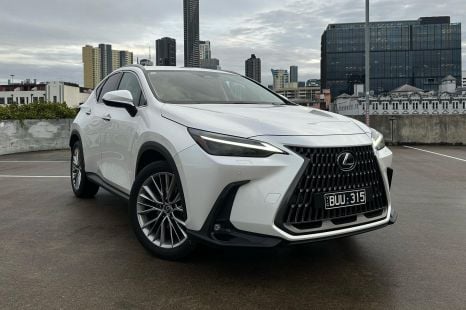

William Stopford
4 Days Ago
Keen on a battery-powered replacement for your Ford Ranger or Toyota HiLux? Here's what is coming around the world.

Contributor
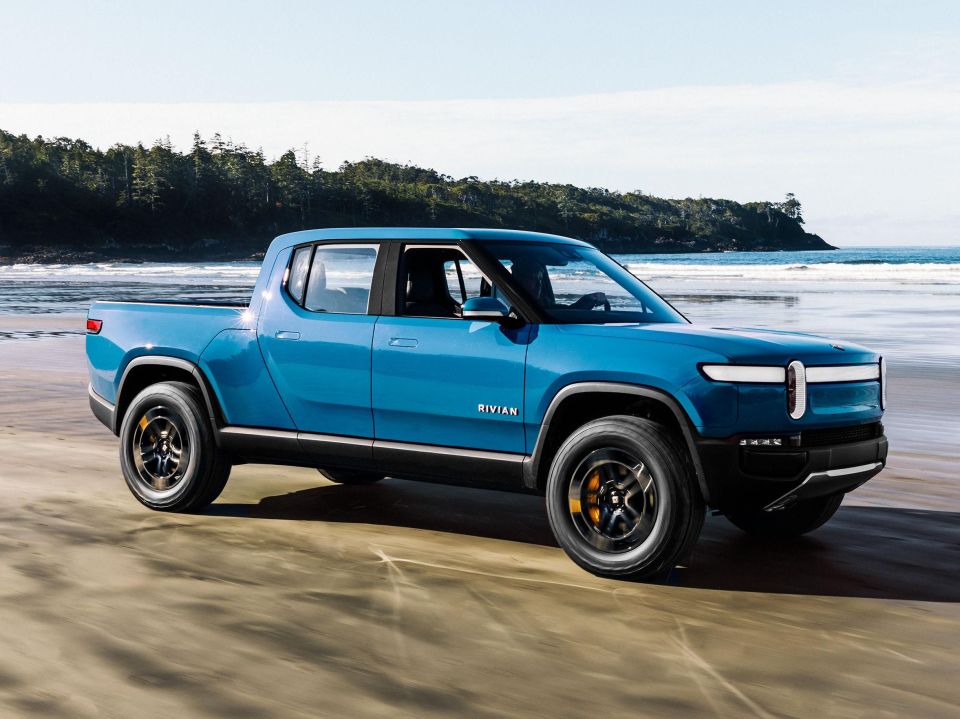

Contributor
Electric vehicle sales are growing, and the range of cars on offer with battery power is growing with them.
Along with a huge range of family SUVs, city friendly hatches, and headline-grabbing sports cars, there’s a rapidly-expanding crowd of pure-electric utes.
In Australia, the first electric ute to touch down will be the LDV e-T60. It’ll be here in November with an 88.5kWh battery good for up to 330km of driving on the WLTP test, and power from a 150kW and 310Nm e-motor on the rear axle.
As for the rest of the world? Here’s what is already out, and what we’re expecting over the coming months.
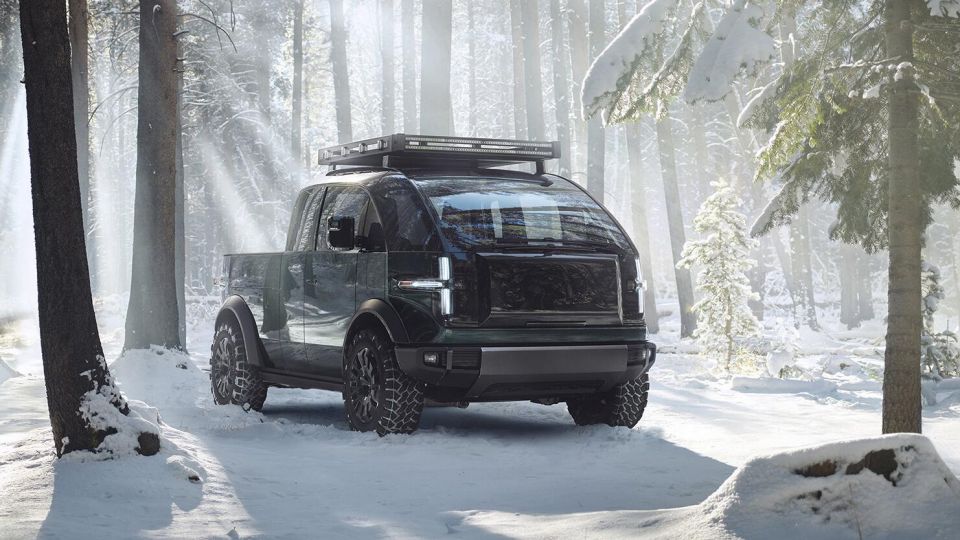

Canoo EV
Canoo, which was founded in 2017 by Faraday Future alumni, has revealed three vehicles thus far: the pod-shaped LDV, the related Pickup Truck, and the blocky Multi-Purpose Delivery Vehicle.
The truck has been previewed with some bold claims, although the company’s financial state means there’s no guarantee when it will actually hit the market. Or if.
“It’s the size of a Ford Ranger, can take the payload of a full-sized pickup, and has the turning radius of a Prius,” Canoo’s Executive Chairman Tony Aquila told Reuters.
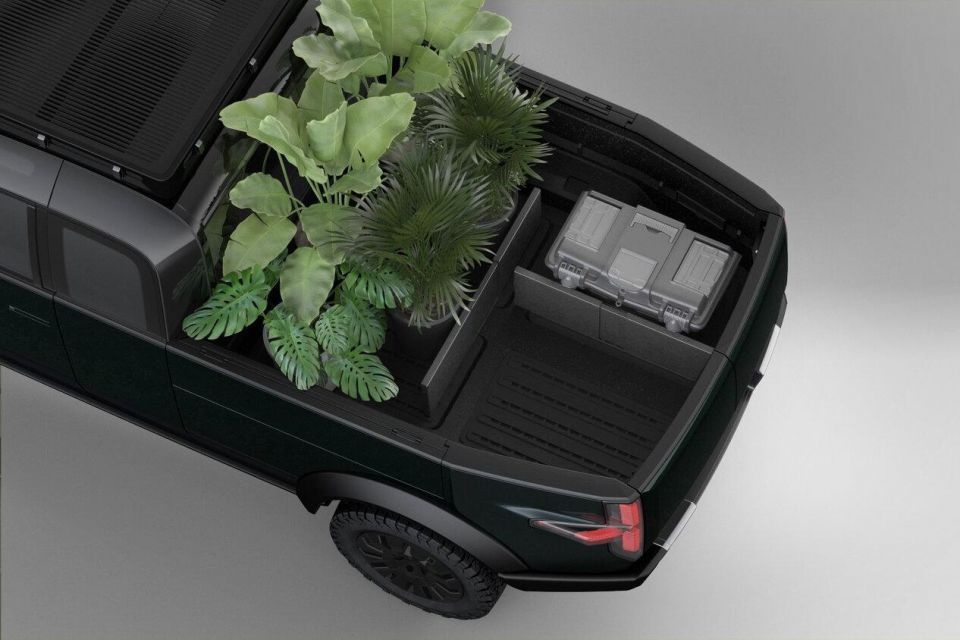
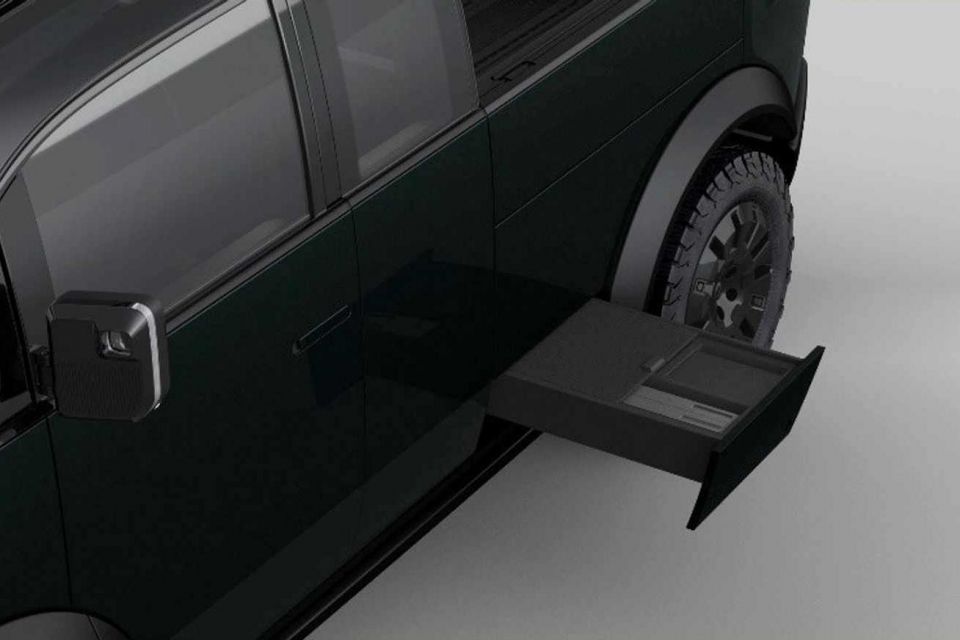
The Canoo ute will include various clever features, such as a retractable tray extension, fold-down worktable built into the front end, and hidden side steps.
For the avid camper, Canoo has said the pickup has been designed to accommodate a wide variety of camper shells.
There will be the option for either single or dual-motor setups with up to 447kW of power and 745Nm of torque.
That power will be needed as the pickup will be able to take a payload of around 800kg. Electric range for the vehicle will be over 320km.
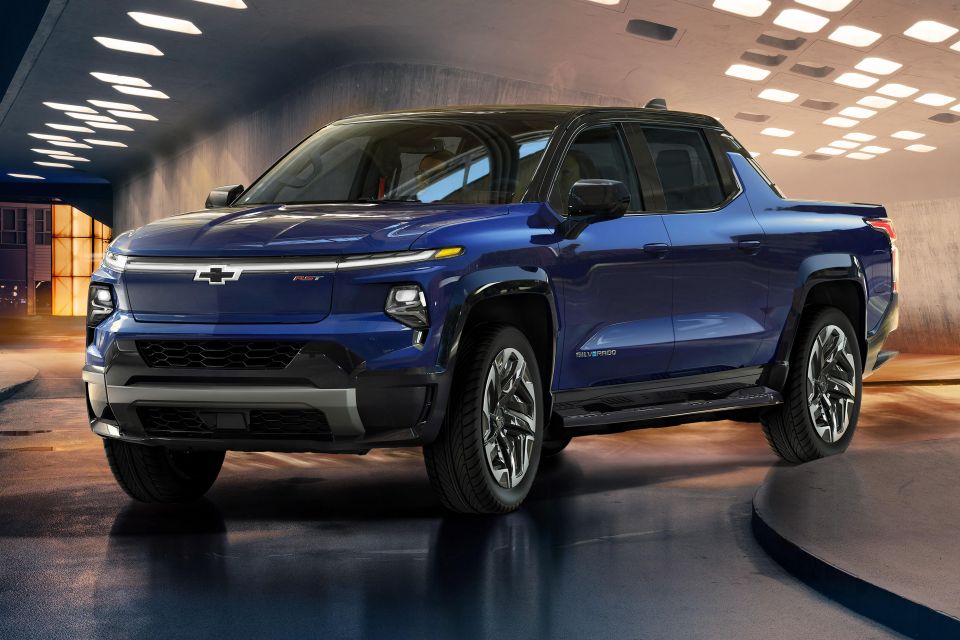
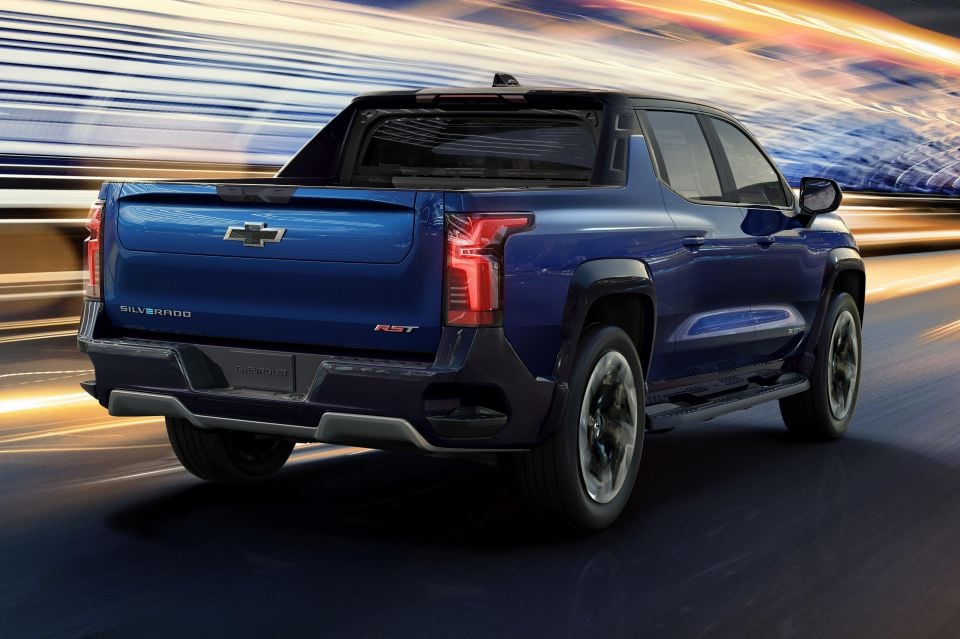
Chevrolet Silverado EV
The Silverado EV is a different beast to its internal combustion cousins.
Under the skin, it uses the same Ultium EV platform as the GMC Hummer EV. The exterior and interior are completely unique, and the electric truck is only available with a crew cab body.
The Silverado EV will initially be available in two trims: the WT (or Work Truck), and the RST First Edition.
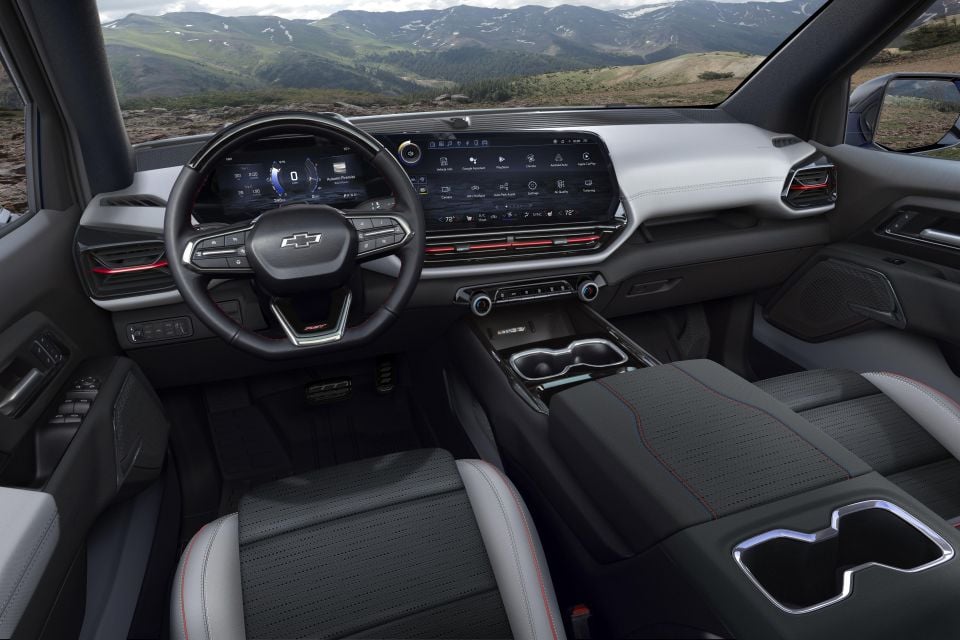
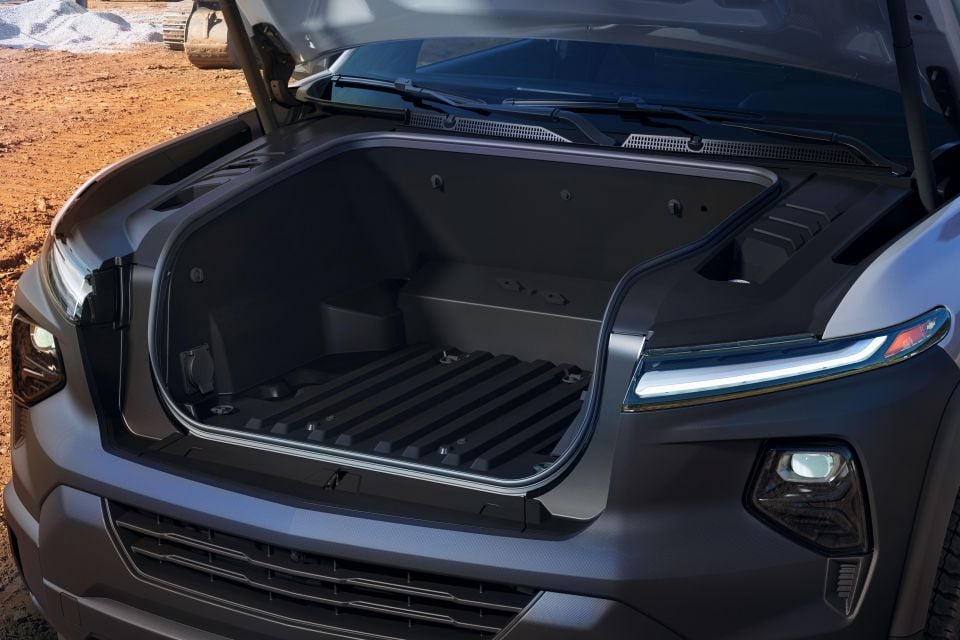
The WT makes 380kW of power and 834Nm of torque. In standard guise it has a payload rating of 544kg and can tow up to 3629kg.
To justify its price, the RST First Edition comes with an all-wheel drive powertrain making 495kW and 1058Nm in Wide Open Watts (WOW) mode.
Foot to the floor, the RST is capable of completing the 0-96km/h dash in 4.5 seconds.

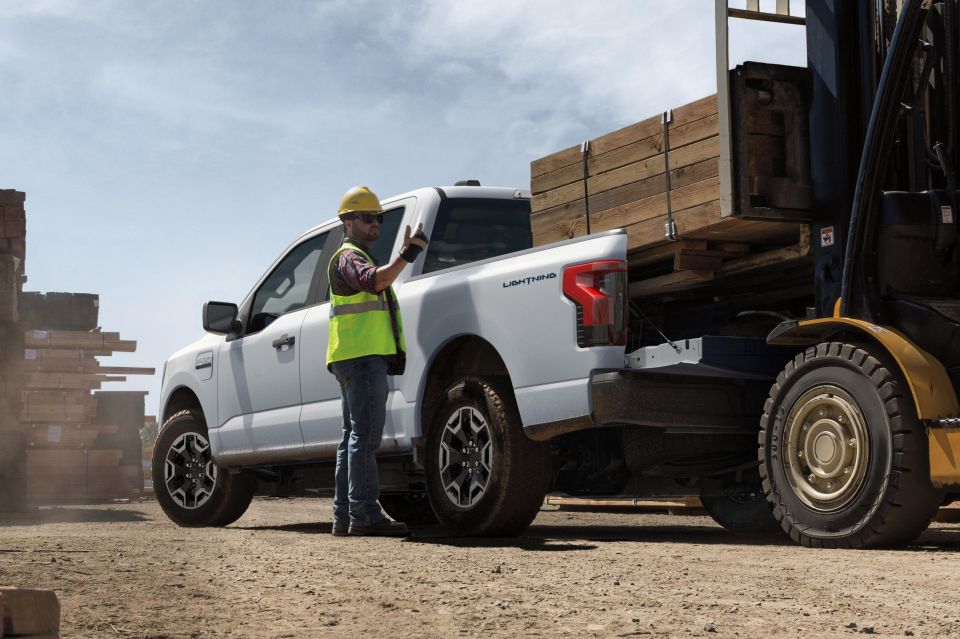
Ford F-150 Lightning
The petrol F-150 is America’s favourite new car, and the Lightning is off to a strong start.
Orders reopened earlier in 2022 after being closed due to huge demand after launch.
With 420kW of power and 1050Nm of torque, the most powerful dual-motor F-150 Lightning will hit 100km/h in the mid-four-second range. That makes it faster than an F-150 Raptor off the mark.
The Standard Range model has an identical torque output, but just 318kW of power.
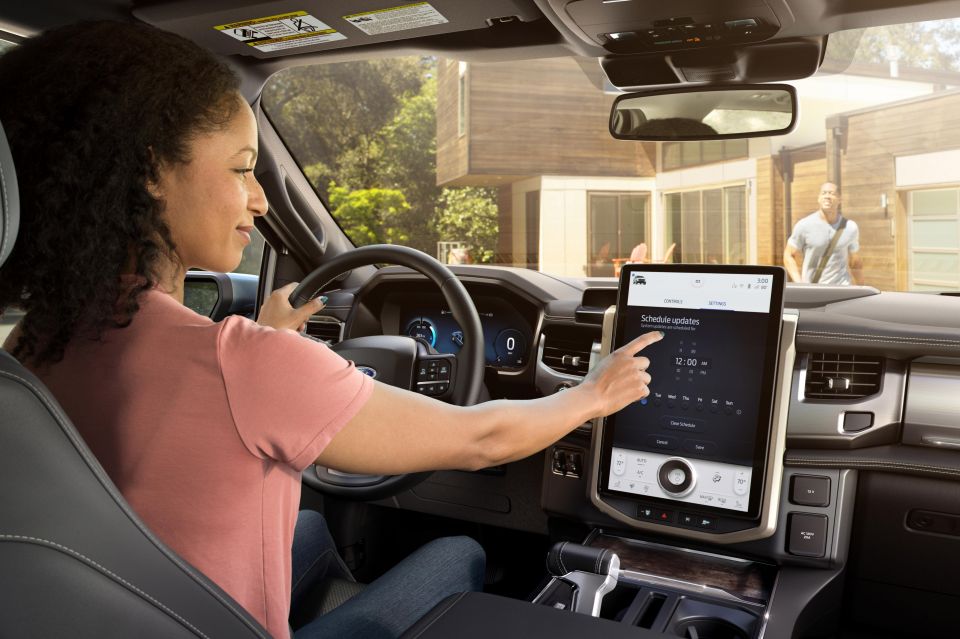

At its fastest, the F-150 Lightning will charge at 150kW plugged into a DC public fast charger. A choice of 11.3kW single or 19.2kW double home AC chargers is offered.
When you aren’t drag racing Raptor drivers, the Lightning can act as a 9.6kW generator. Plugged into the right kind of wall box, the F-150 can also power a home for up to three days in the event of a blackout.
Claimed range is 386km in the standard range model, and 482km in the long range Lightning.
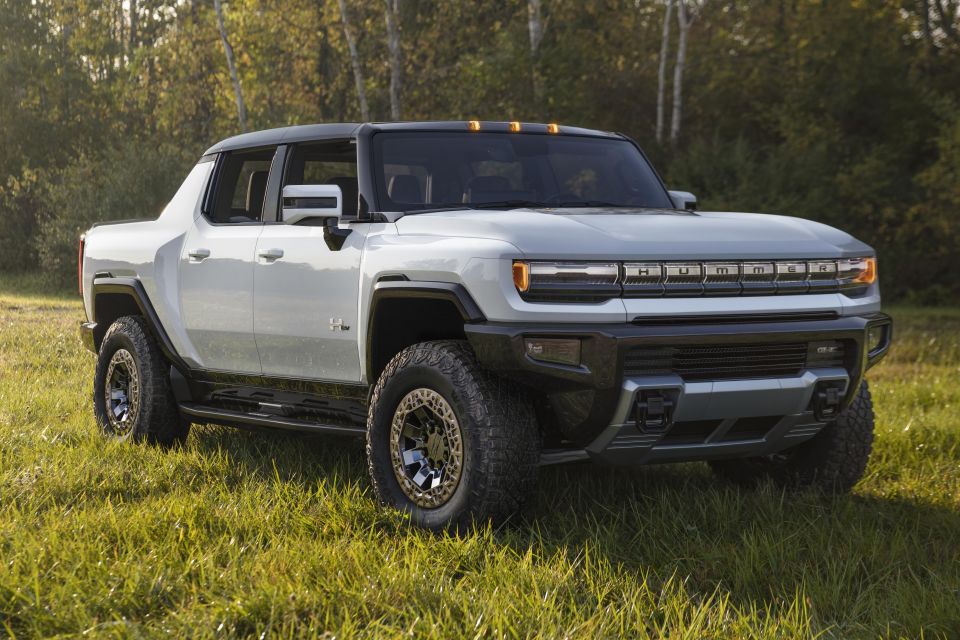
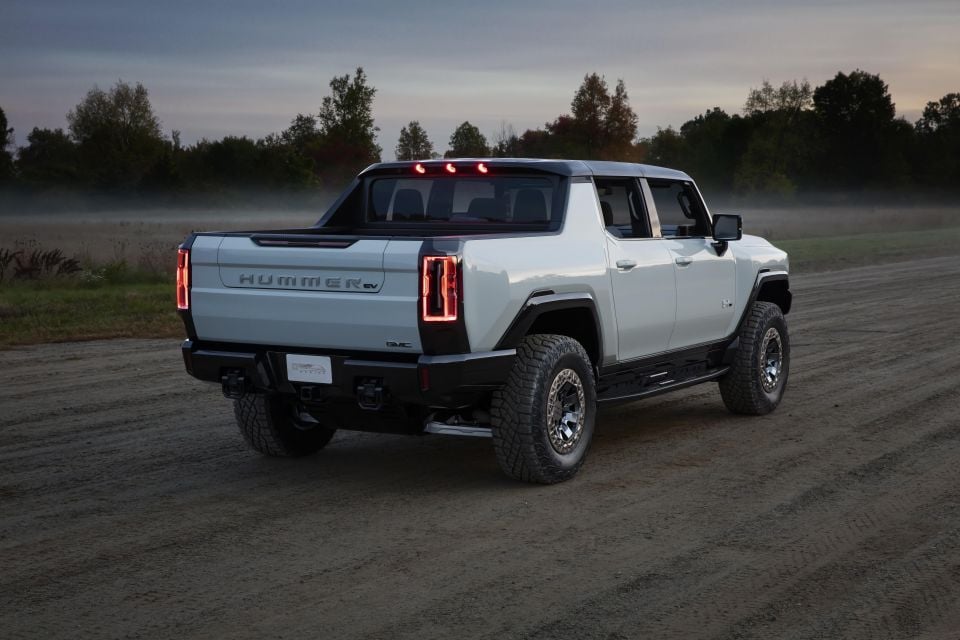
GMC Hummer EV
Once a symbol of America’s obsession with gas-guzzling four-wheel drives, the Hummer has gone electric… but it’s still a big boy.
It’s also a big success based on preorders. General Motors had received more than 65,000 reservations for its GMC Hummer EV range by March 2022, and the pickup is effectively sold out until 2024.

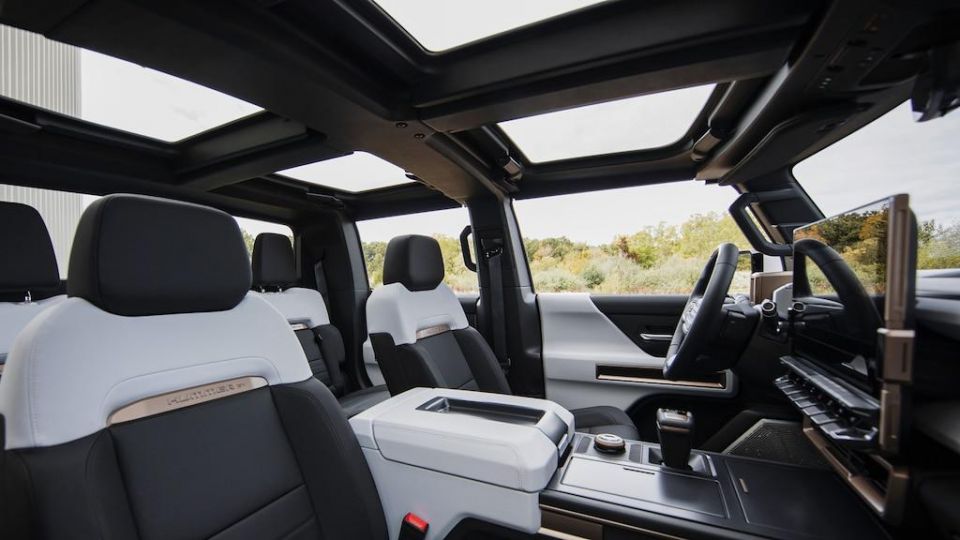
The Hummer EV weighs a porky 4110kg in Edition 1 guise, and packs a tri-motor electric powertrain GMC claims can produce up to 745kW of power and 15,591Nm of torque – wheel torque, not motor torque, so that figure can’t be compared directly with rival figures.
It has a claimed range of 529km and a payload capacity of 589kg, can tow 3401kg, and does the 0-60mph (0-96km/h) sprint in approximately three seconds.
The GMC Hummer EV is the first GM vehicle to use the latest generation of electric vehicle architecture and battery cells, known as Ultium.
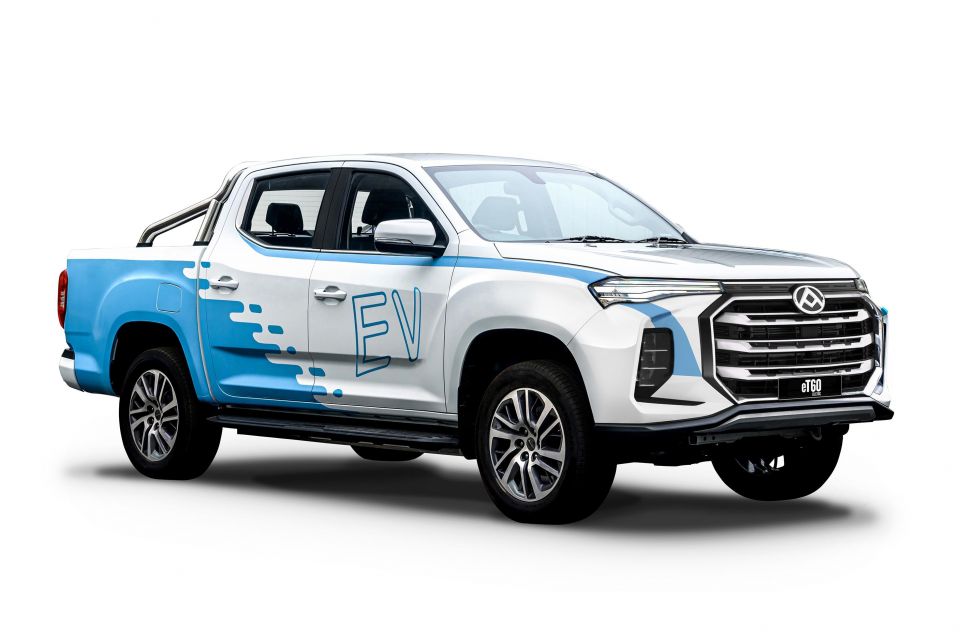
LDV e-T60
In Australia, the first electric ute to touch down will be the LDV e-T60.
It’ll be here in November with an 88.5kWh battery good for up to 330km of driving on the WLTP test, and power from a 150kW and 310Nm e-motor on the rear axle.
The battery powers a motor with 150kW of power and 310Nm of torque, and the eT60 is only available in 4×2 (rear-wheel drive) guise. It’s also rated to tow up to 1500kg, which is half what the 160kW and 500Nm diesel is rated to haul.
The NZ model’s payload is listed as 750kg, given kerb weight is 2300kg and GVM is 3050kg.
Now, the issue of price. In NZ it sells for $79,990 drive-away (A$70,500), which is about 60 per cent more than the flagship T60 Bi-Turbo diesel ($50,588 plus on-road costs in NZ dollars).
If we apply this markup over the price of the flagship T60 diesel in Australia, which costs $43,674 drive-away, we get an indicative Australian price of the eT60 of about $70,000 here.
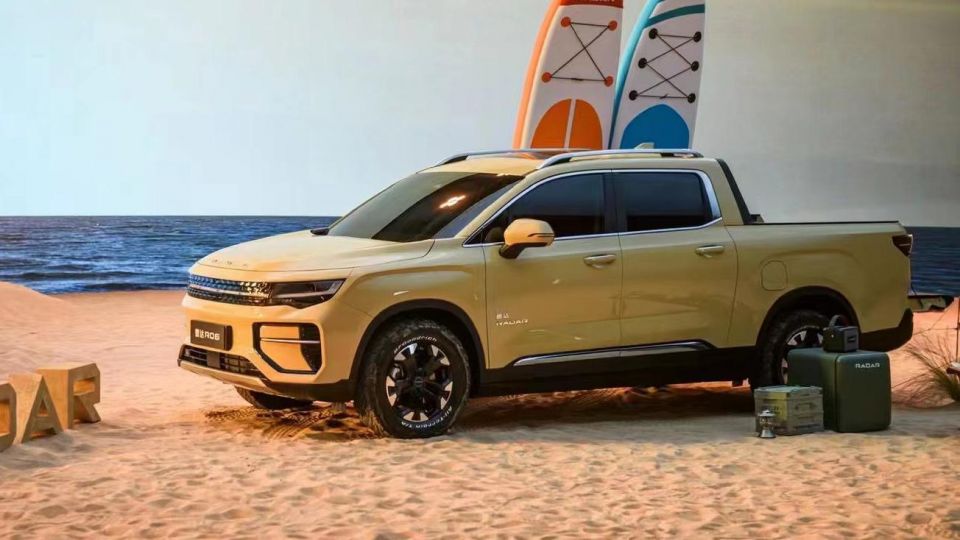
Radar RD6
Geely has officially launched Radar Auto with the reveal of the RD6 electric ute, with Chinese deliveries to begin in the fourth quarter of 2022.
The RD6 was penned under design veteran Peter Horbury, who serves as executive vice president of design at Geely.
It’s underpinned by Geely’s new Sustainable Experience Architecture, which also underpins the Zeekr 001 and Smart #1, and will offer both single- and dual-motor powertrains.

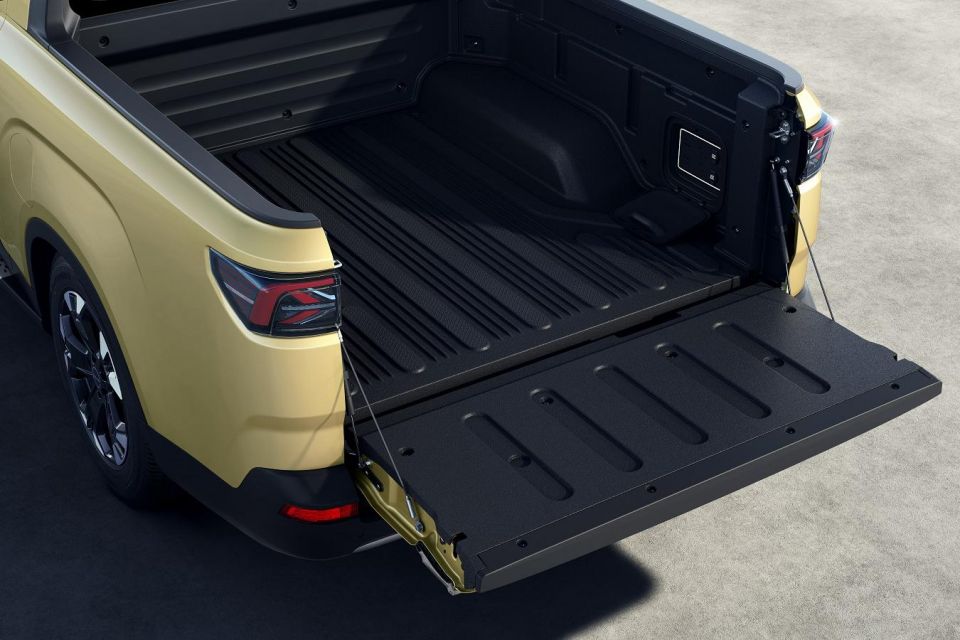
The dedicated EV architecture has also allowed for a front boot under the bonnet, as well as a truck bed with “external charging facilities”.
Geely hasn’t released any technical specifications like dimensions, power and range for the Radar RD6 yet, nor has it previewed the vehicle’s interior.
CarNewsChina reports the RD6 will have up to 600km of range on the more lenient NEDC cycle, with power outputs ranging from 149kW to 298kW.
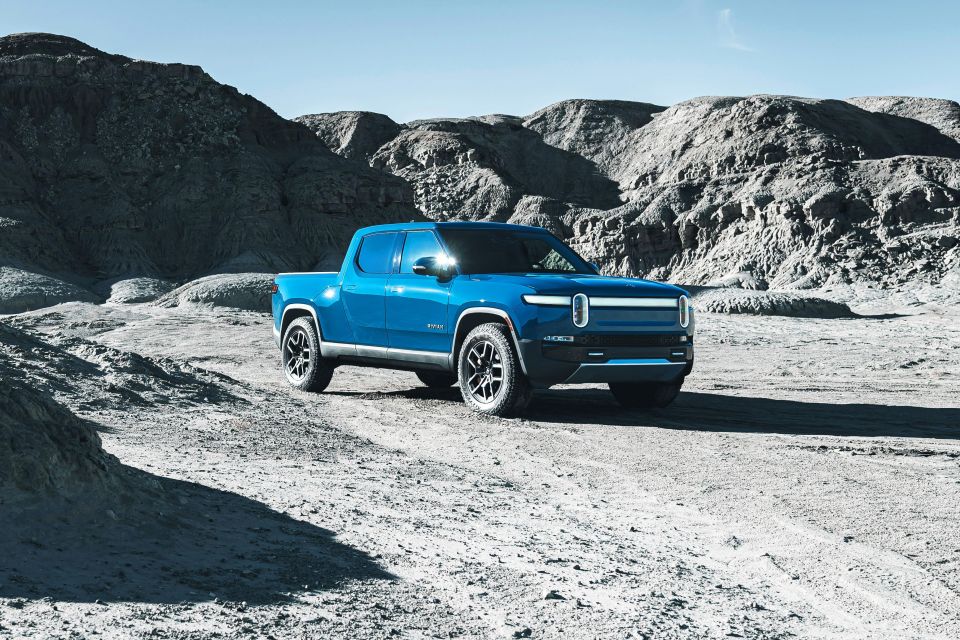
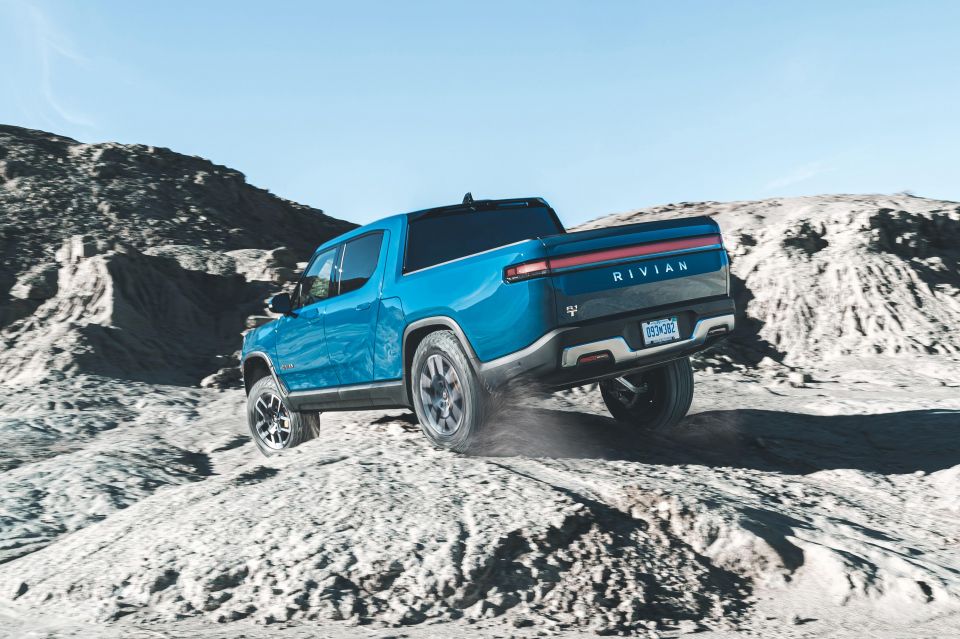
Rivian R1T
The Rivian R1T might be from a startup, but it beat the majority of its all-electric rivals to production, including the Tesla Cybertruck, GMC Hummer EV and Ford F-150 Lightning.
Manufactured in a factory once owned by Mitsubishi, the Rivian range is powered by a choice of three different battery packs, with capacities of 105kWh, 135kWh and 180kWh.
The R1T offers up to 505km of range, and up to 596kW of power from a quad-motor all-wheel drive powertrain. It hits 60mph (96km/h) in 3.0 seconds in their fastest specification.
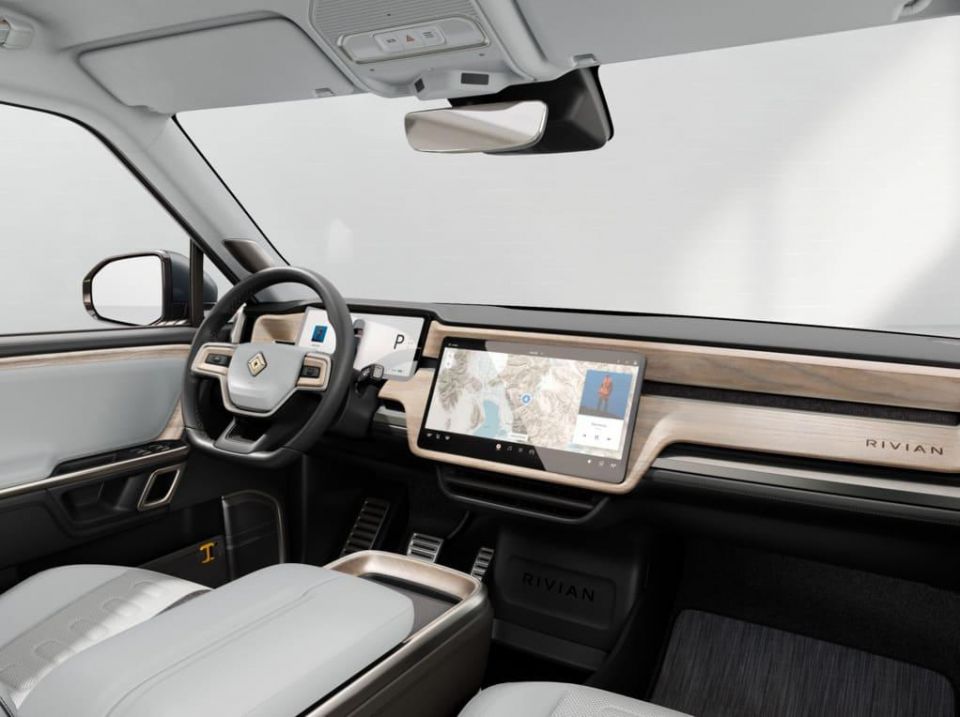
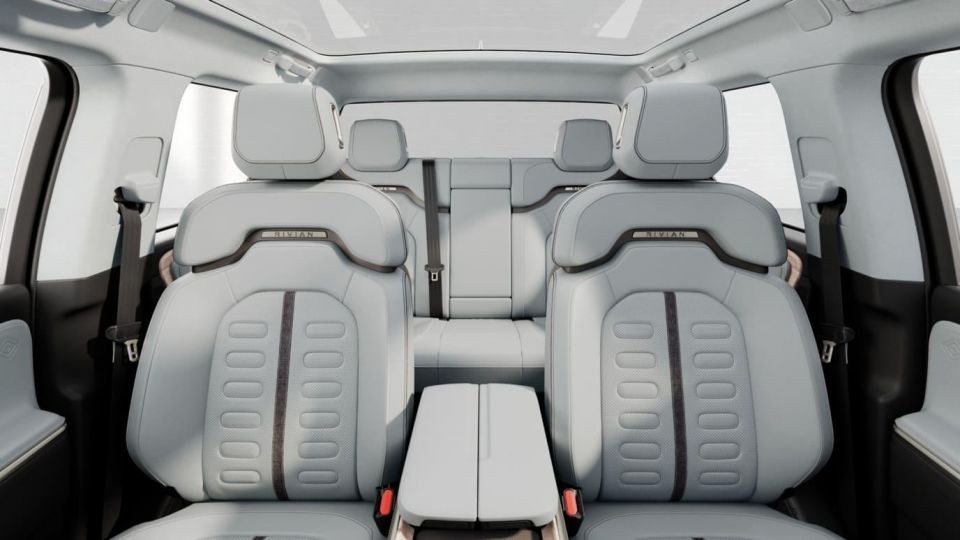
The R1T can wade through water up to 1m deep, and has a payload of 800kg and a 5000kg trailer weight rating.
Rivian may be focusing on the North American market for now, but Australia looks to be in its future plans.
It mentioned its global plans in a filing with the US Securities and Exchange Commission (SEC), in a section labelled Long-Term Growth Strategy.
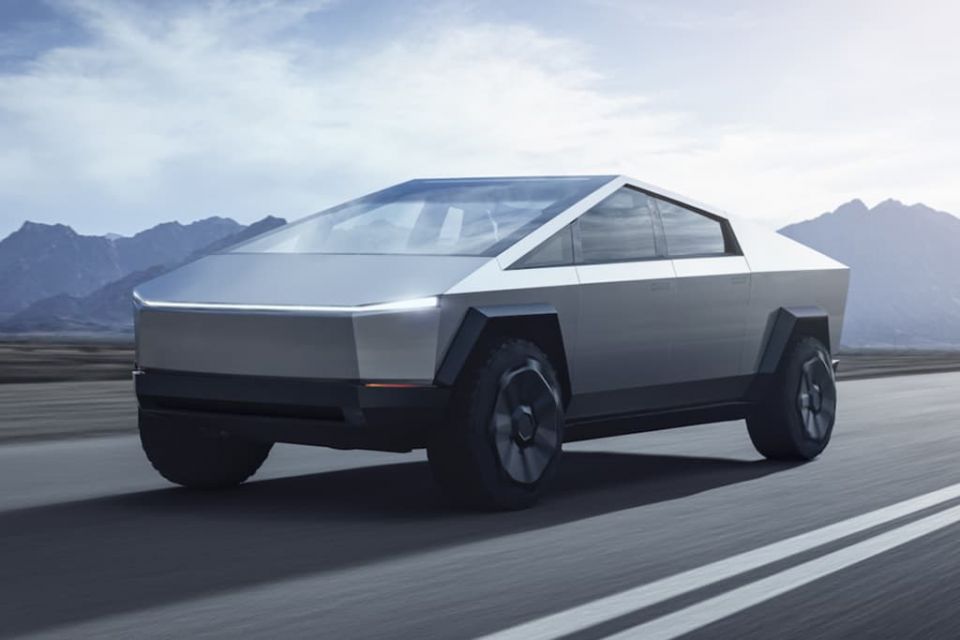
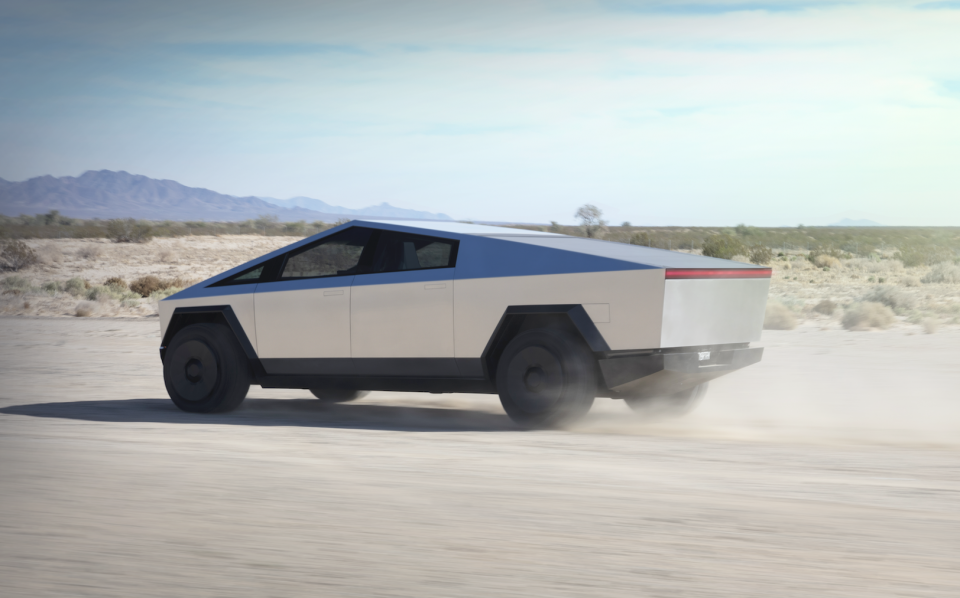
Tesla Cybertruck
Elon Musk promises the Cybertruck is coming… but as is the case with Tesla and its product plans, we’ll believe it when we see it.
Originally revealed in late 2019 and promised for production in 2021, the Cybertruck is now expected to start production in Texas late in 2022 or early in 2023.
Since its reveal, Tesla has made some key changes to Cybertruck prototypes, including adding a large windscreen wiper and exterior mirrors.
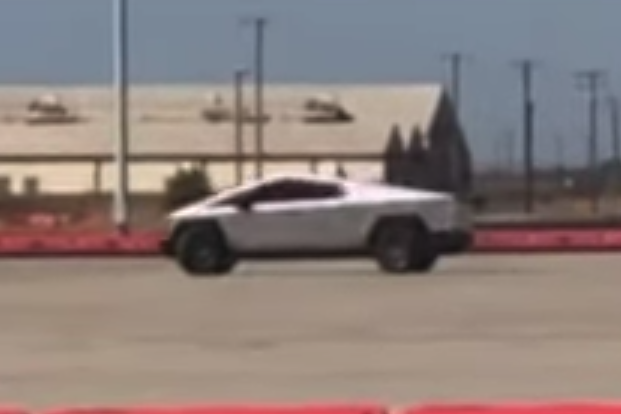

In April, Tesla previewed a Cybertruck with different wheels, though there were no door handles – Mr Musk cryptically said the car “can just tell that you’re there and knows that it needs to open”.
Specifications were removed from Tesla’s website late last year, and pricing was removed from the US site.
Before the page update, which affected all global Tesla sites, Tesla’s page for the Cybertruck listed three variants: a single-motor rear-wheel drive model, and dual- and tri-motor all-wheel drive models.
Payload was a claimed 1600kg across the range, with the tri-motor AWD offering a claimed 800km of range, 6.4t towing capacity, and a rapid 2.9-second sprint to 60mph (96.6km/h).
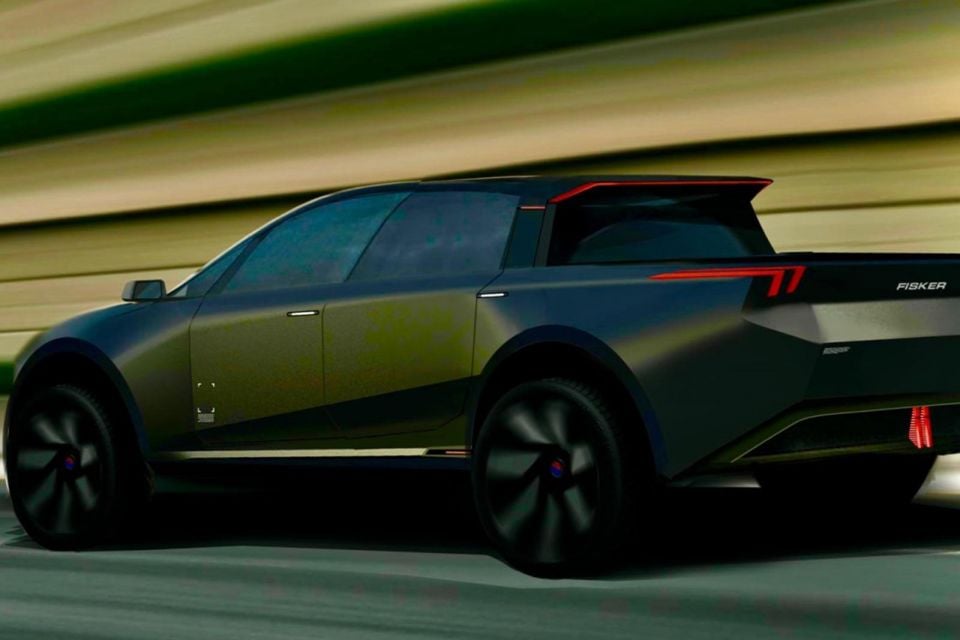
Fisker Alaska
Ex-BMW and Aston Martin designer Henrik Fisker’s second attempt at car manufacturing will start with the Ocean SUV, and will expand to include the Alaska electric ute.
Details about the Alaska are scarce, save for a single photo posted to LinkedIn by Mr Fisker and deleted shortly afterwards.
What range and performance will be offered isn’t clear, but the Fisker Ocean SUV will have a battery rated at more than 80kWh, and should be good for a driving range of between 400 and 480 kilometres.
If that powertrain is carried over to the Alaska ute, it would make Fisker’s load-lugger one of the shortest-range pickups out there.
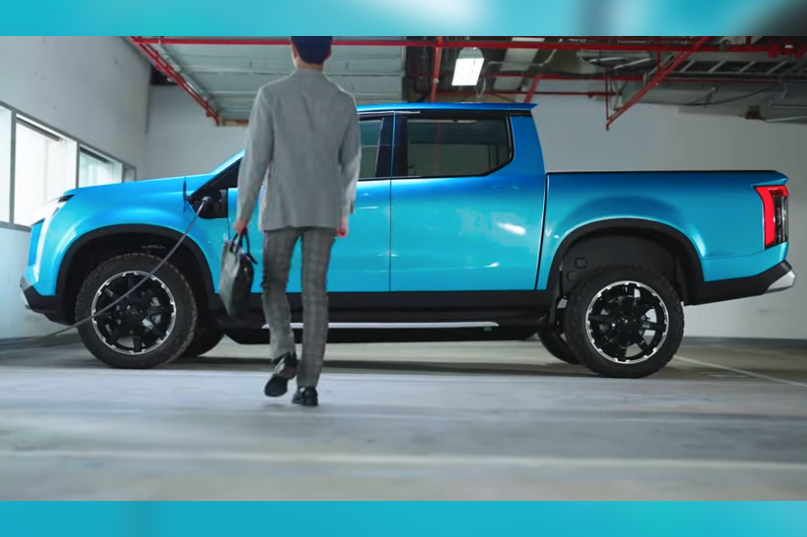
Foxtron Model V
Foxconn, the company best known for manufacturing the iPhone and Xbox, has teased an EV ute ahead of its launch under the rapidly-growing Foxtron automotive brand.
Under the skin, the Model V will likely ride on the MiH platform debuted in 2021 by Foxtron, which is a tie-up between Foxconn and Taiwan’s biggest carmaker, Yulon.
It’s likely the V will be revealed on October 18 at the Hon Hai Tech Day – essentially Foxconn’s flagship brand day, where it lays out plans for the year to come.

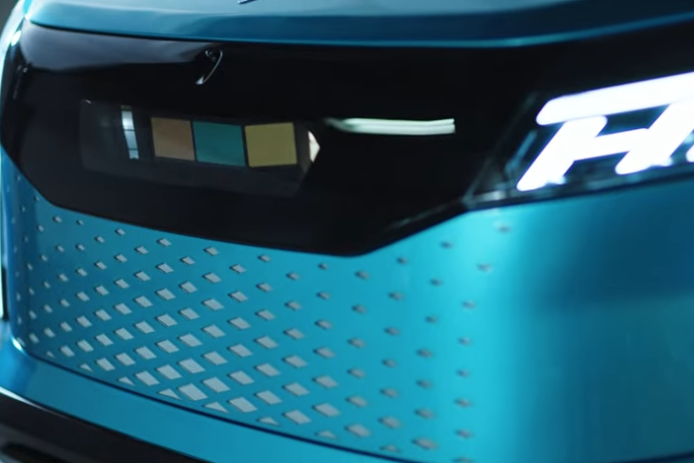
Details about the Model V are thin on the ground, beyond the promise it’ll be “Taiwan’s first self-designed and developed multi-functional electric pickup truck”.
We know, however, the architecture underpinning it can have a wheelbase between 2750mm and 3100mm, and supports a variety of track and ride heights, making it suitable for sedans, hatches, crossovers, and people movers.
Battery packs with 93kWh, 100kWh and 116kWh can be installed. Based on the teaser video, the platform also supports a full suite of active driver assists.
A variety of electric motors can be employed at both ends, with the initial offering consisting of 95kW, 150kW and 200kW front motors, and 150kW, 200kW, 240kW and 340kW units for the rear axle.
GMC Sierra 1500 EV
Sitting beneath the Hummer EV in the GMC range will be the Sierra 1500 EV.
Reports from the USA suggest a single-motor setup will likely be standard, with a dual-motor option at the top end of the range for more performance. A Hummer-aping tri-motor option may also be offered.
We’re expecting up to 640km of range, although American media is speculating the base model will likely have closer to 320km.
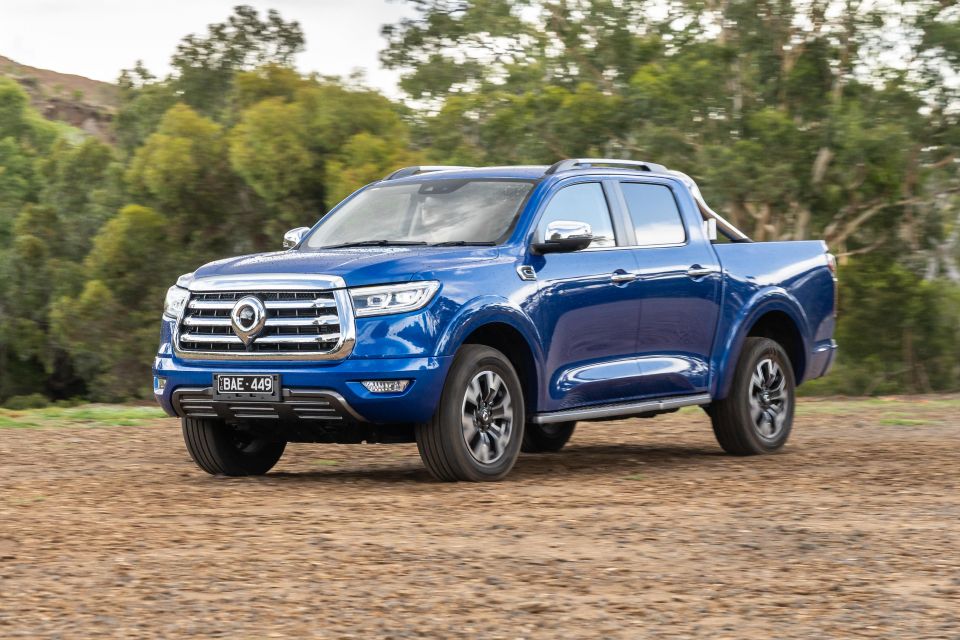
GWM Cannon EV
The GWM Ute debuted in 2019 with the promise of an electric version.
The electric prototype shown alongside the production diesel ute featured a claimed 500km of range from its rear-wheel drive powertrain.
Since then, we’ve heard very little about what the GWM Ute EV will look like, or when it’ll be revealed. GWM is preparing to launch electric vehicles in Australia, but the Ora Good Cat city hatchback is expected to lead its charge in 2023.
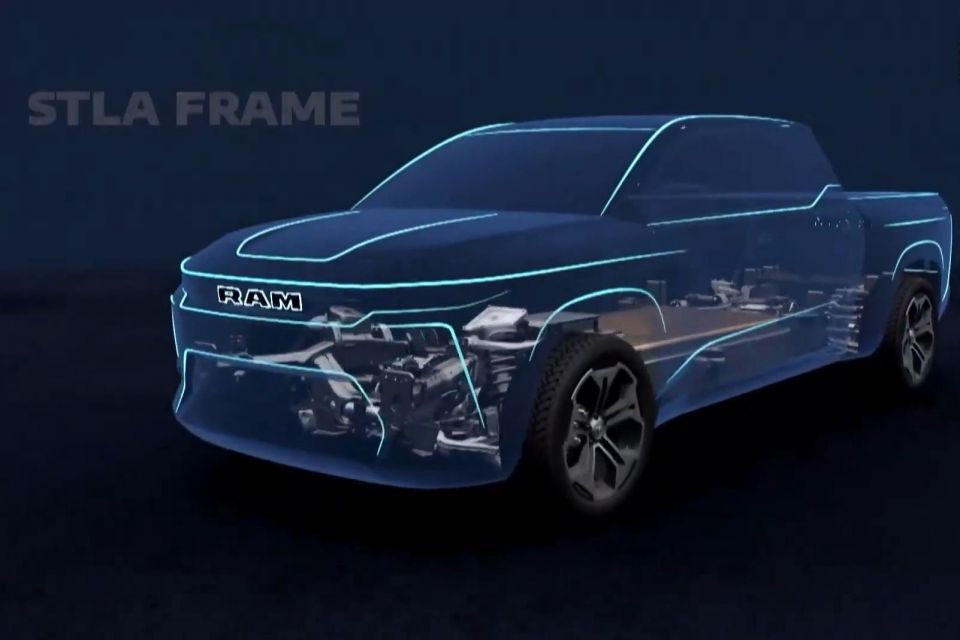
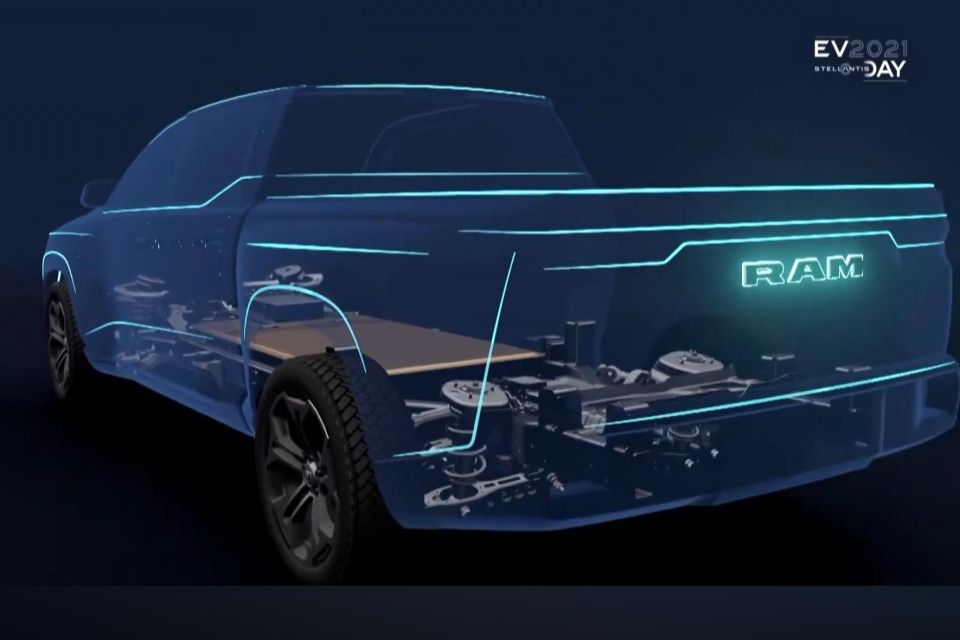
Ram 1500 EV
Ram is currently lagging behind rival North American legacy brands in terms of revealing a production-ready electric pickup, but a concept is now just around the corner.
Ram Trucks CEO Mike Koval Jr. recently confirmed in an interview with Detroit Free Press that the company plans to reveal its Revolution EV concept a night before the LA motor show starts in November.
Mr Koval went on to say the production version of the full-size electric pickup, which doesn’t have a name yet, will be revealed in 2023.
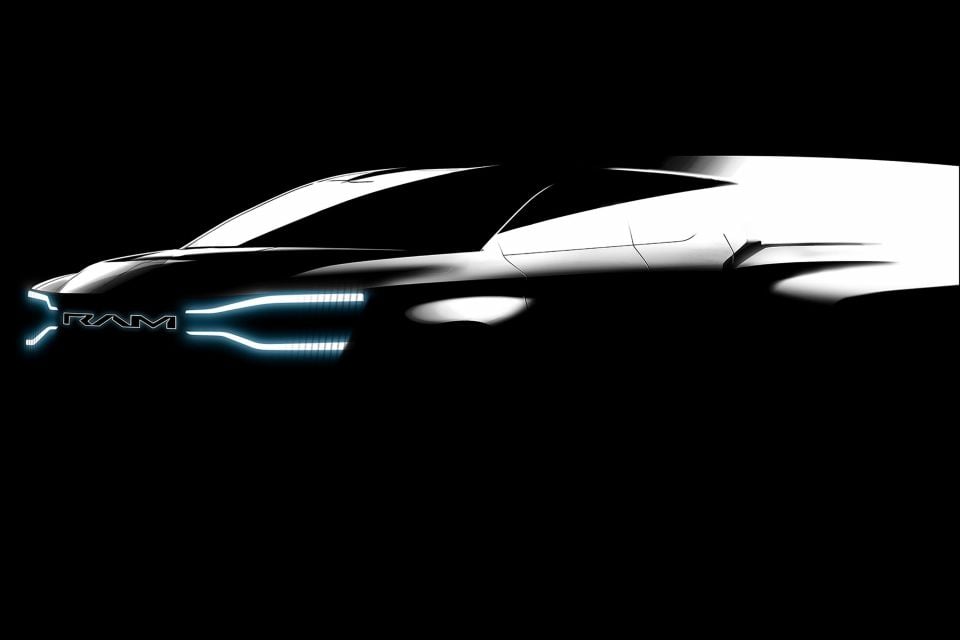
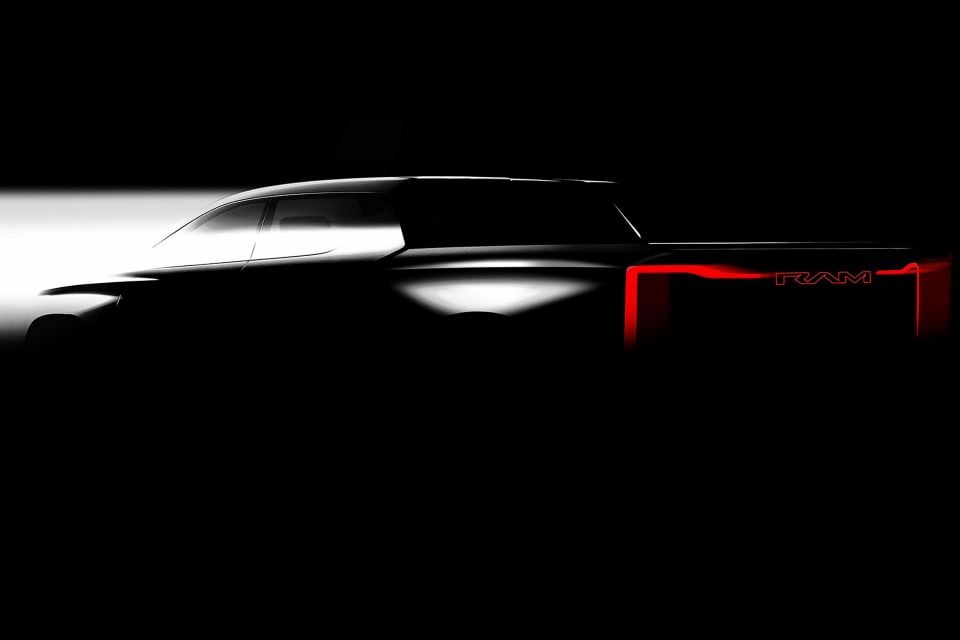
Exact details about this upcoming full-size electric pickup are few are far between, but what we do know is it will be built on Stellantis’ new STLA Frame body-on-frame architecture.
Ram has previously said vehicles on the STLA Frame architecture will feature 159kWh to 200kWh batteries and offer up to 800km of range.
The platform can also support electric motors with between 150kW and 330kW of power, which could mean 660kW dual-motor powertrains are on the menu.
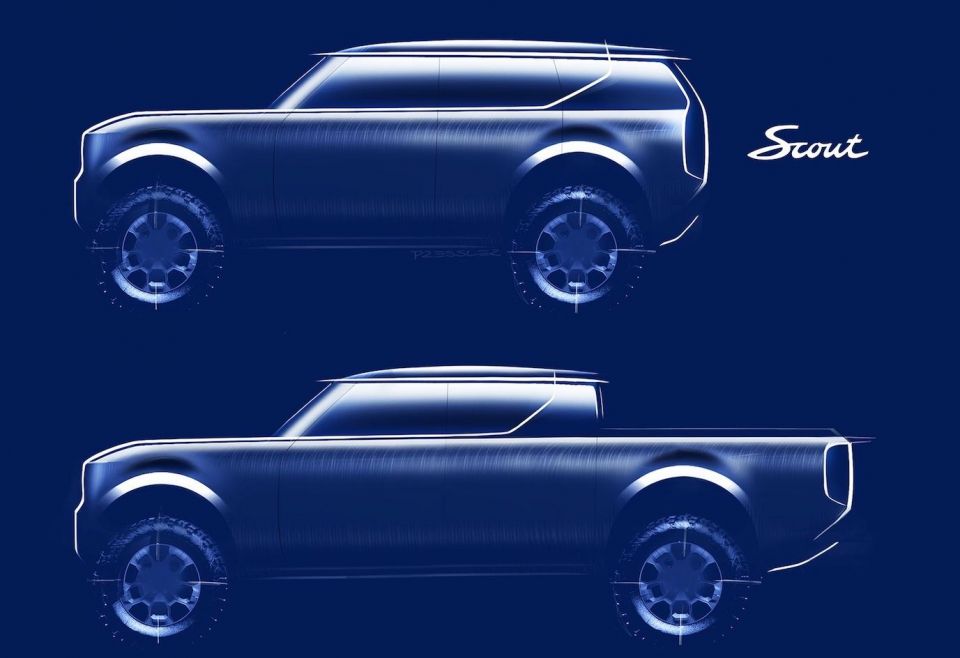
Volkswagen Scout electric ute
Volkswagen of America will launch an electric ute and an SUV under the standalone Scout sub-brand, a name it acquired in 2021.
The cars won’t be rebadged versions of other Volkswagen Group products. VW says the company will be founded later this year to “design, engineer, and manufacture pick-up and rugged” models for the US market.
The first concept versions of the ute and SUV will be revealed in 2023, with production to kick off in 2026. It’s unlikely they’ll share anything with the internal-combustion Amarok due to Australia next year.
Instead of the MEB platform being used for vehicles like the ID.3 and ID.4, the R-SUV range (as VW has dubbed it) will be built on a “new technical platform concept”.
The Scout name was applied to a Jeep rival from the International Harvester brand between 1961 and 1980.
Scott Collie is an automotive journalist based in Melbourne, Australia. Scott studied journalism at RMIT University and, after a lifelong obsession with everything automotive, started covering the car industry shortly afterwards. He has a passion for travel, and is an avid Melbourne Demons supporter.


William Stopford
4 Days Ago
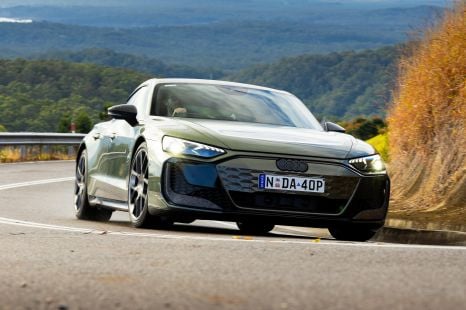

James Wong
4 Days Ago
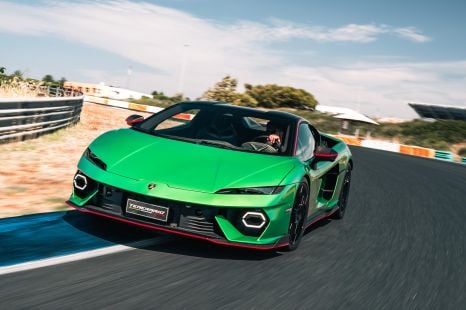

Alborz Fallah
3 Days Ago
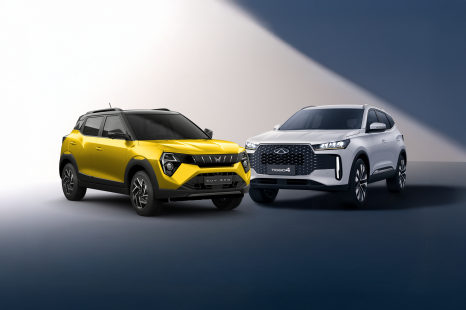

Andrew Maclean
2 Days Ago
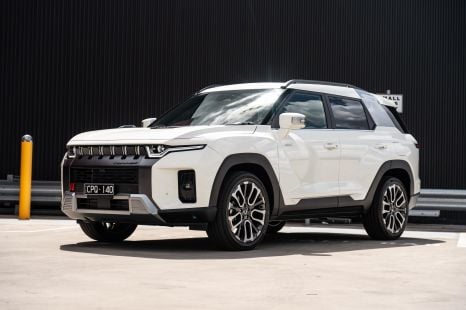

Max Davies
2 Days Ago
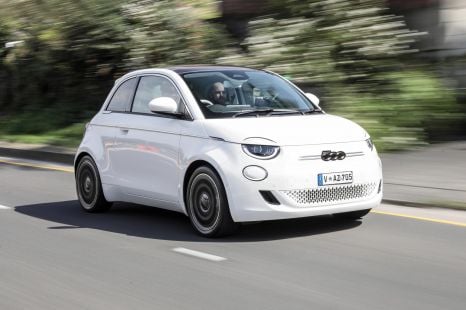

Damion Smy
2 Days Ago